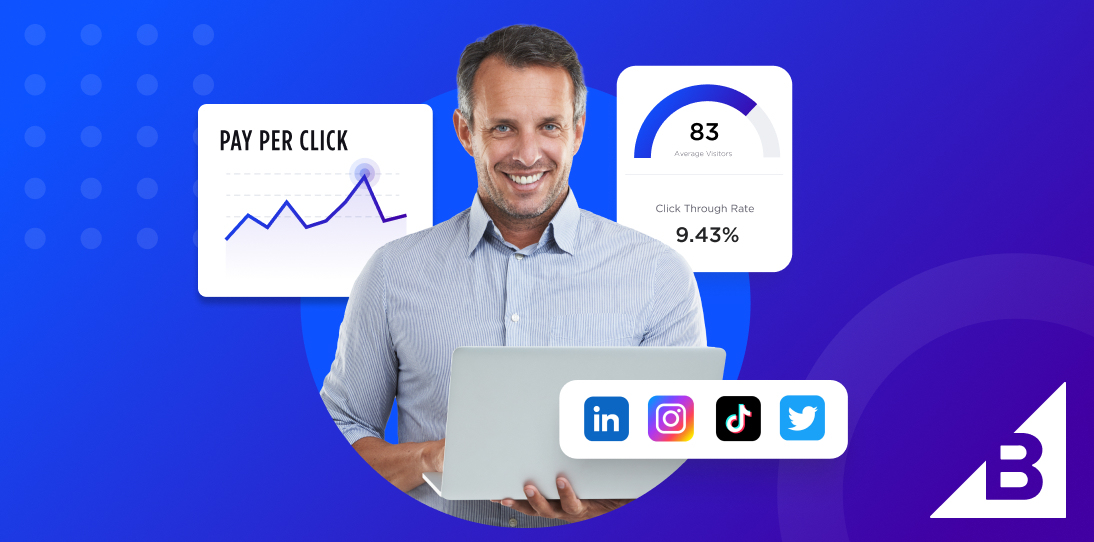Whether you are shopping for a SaaS ecommerce solution or a self-hosted shopping cart product, make sure that your choice of somewhere includes the following features:
Robust discounting features.
In 2019, 92% of US shoppers used at least one coupon, while 45% used them always or very often.
Selecting shopping cart software that provides discounting features is necessary for a modern-driven business. It can help you promote a variety of offers to increase sales, from product or order discounts to coupons and BOGO offers.
Offering discounts to customers in the digital market is a fantastic way to drive business and build a rapport with your customer base.
Security and PCI compliance.
Online stores are an attractive target for hackers, and the move to shopping online during the pandemic made it an even more attractive venture. American online shoppers have lost over $800 million to COVID-related fraud since the start of 2020.
Since a shopping cart is a critical component for processing sensitive customer data, it must be secure. When assessing different types of shopping cart solutions, ensure that it has:
- PCI-DSS compliance: This is a globally-recognized standard for securely processing payments. Vendors pass rigorous testing to earn this status.
- SSL/HTTPS support: An SSL certificate is critical for encrypting sensitive data a buyer provides to your shopping solution during checkout.
- Anti-fraud and data security tools: Make sure you can monitor suspicious user activity and block potentially fraudulent transactions and brute force intrusion attempts either natively or through an integrated third-party system.
Abandoned cart functionality.
Shopping cart abandonment is an issue that affects almost every industry, with nearly 80% of online shopping carts being abandoned in 2021. It costs businesses a significant amount of revenue every single year.
Selecting a solution with a built-out abandoned cart saver can help to alleviate the revenue hit. Automatic abandoned cart recovery can send customizable emails to shoppers who leave during the checkout process to remind them to come back and purchase the items they added to their cart.
With the right solution, you can even customize and personalize those emails to better tailor your messaging for each customer.
Mobile-ready.
Mobile commerce is projected to bring in more than $710 billion in 2025 — 21.9% of total retail sales. If you don’t offer a mobile-friendly checkout experience, you could be hurting your growth prospects.
Select a shopping cart that lets you create a simplified mobile checkout process. Think fewer fields, larger buttons, and integration of popular mobile payment methods such as Apple Pay, Google Pay, PayPal, Amazon Pay, etc.
Tax and shipping calculations.
Calculating shipping costs can be challenging for any software solution, especially as costs have risen due to supply chain concerns over the last few years.
When selecting shopping cart software, make sure to find a solution that includes:
- Calculations from tables set by different merchants.
- Real-time calculations that pull data from major shipping and courier companies.
Similarly, as a company grows, its tax calculations will only grow more complex. Handling taxes when working out of one state is a relatively simple process — but what about if it’s ten states? Several countries?
Shopping cart software with a built-in, automatic tax and shipping calculator can save you time while expanding the reach of your business.
Payment gateway options.
To gain real-time authorization of credit card purchases and transaction fees, you will need to select a solution that can work with the most popular payment solutions, from Apple Pay and Amazon Pay to PayPal and Stripe.
By having an expansive roster of payment gateways, you’ll open your company up to a more diverse range of customers.
Ensure that the online payment solution is designed to work seamlessly on mobile devices. As mobile shopping becomes more prominent, not having that available could lead to a missed opportunity. You’ll be able to streamline the process even further by using the latest digital wallets.
Inventory management.
An inventory management system built into shopping cart software can save you a significant amount of time on your back-end.
Imagine if, Instead of manually counting your inventory — and subtracting from it every time a sale is made — a program would alert you via email or notification when a low-inventory threshold is reached or when an item is completely gone.
This will alleviate stress from you and, with real-time tracking, can help customers know if an item is still available for purchase prior to payment.
Customizable.
Customer experience (CX) is a battlefield for ecommerce platforms, with the CX management market expected to reach $14.9 billion by 2025. Your shopping cart software should not stand in the way of delivering an on-brand online experience for shoppers.
Assess each option from the perspective of customization:
- Can we change the checkout flow or interface design to match our small business needs better?
- How many elements of the overall store design can we customize? Are the templates flexible?
- Do we need a coding team for quick updates, or is there a drag-and-drop builder available?
- What about integrations? How easily can we integrate into existing systems and business tools? Am I limited to pre-built integrations or can we build our own integrations?
- What existing development resources will we have access to? Is the platform developer-friendly? Does it have open APIs and developer documentation? How does customization impact future updates?
Easy to update.
Over time, your performance needs may shift, and security requirements may change. For that reason, open-source solutions especially need to be regularly patched and updated — something typically performed manually by developers.
With a hosted shopping cart, updates are performed automatically by the vendor. In most cases, you don’t even need to take action yourself or re-test anything. Note that you may need to configure any new features before taking advantage of them.




